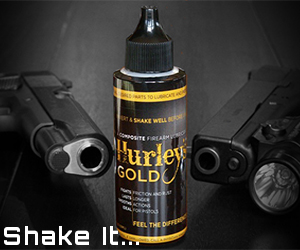Just bought a Hornady LNL AP to start reloading. I realize most people suggest starting with a single-stage, point out that ammo is cheap right now, mention the dangers of reloading, etc. But this is something I intend to pursue as a hobby and I'm pretty meticulous about details.
Having said that, I realize there is much to learn before loading the feeders and cranking out rounds. What manual(s) would you suggest I read to learn how to do this properly, safely, and effectively?
Having said that, I realize there is much to learn before loading the feeders and cranking out rounds. What manual(s) would you suggest I read to learn how to do this properly, safely, and effectively?






